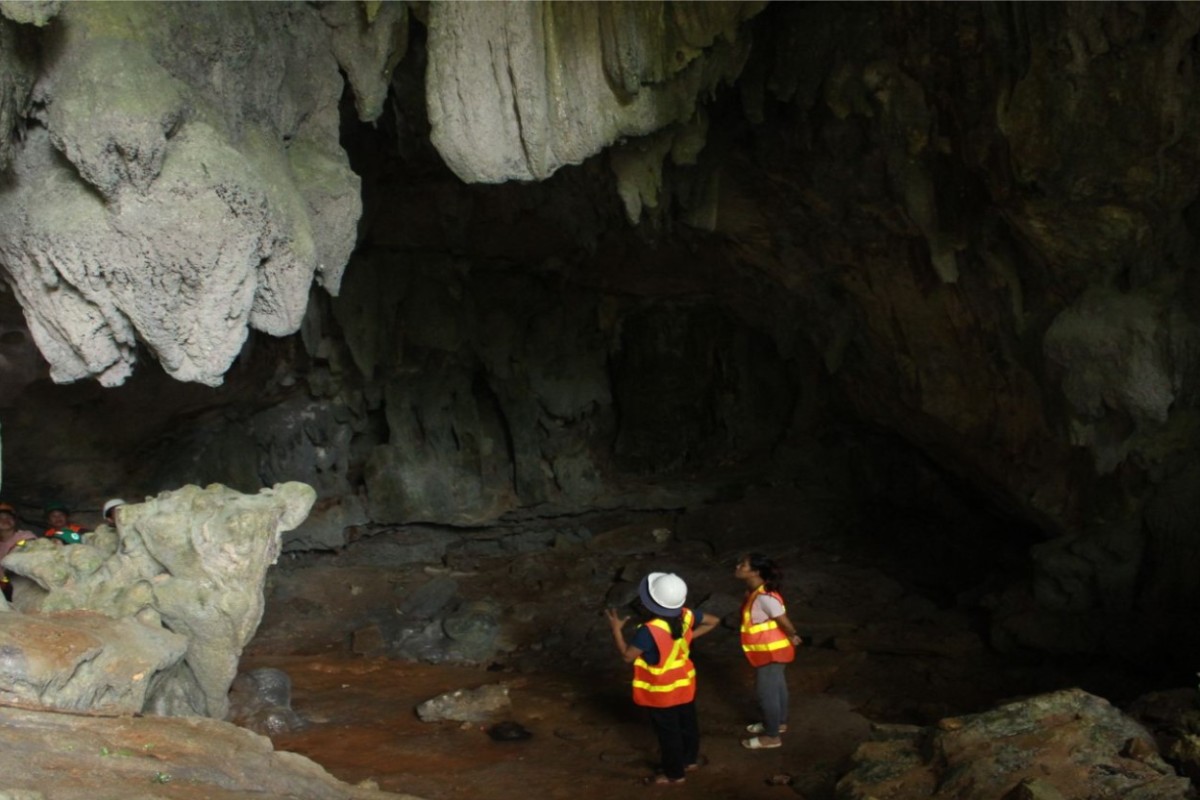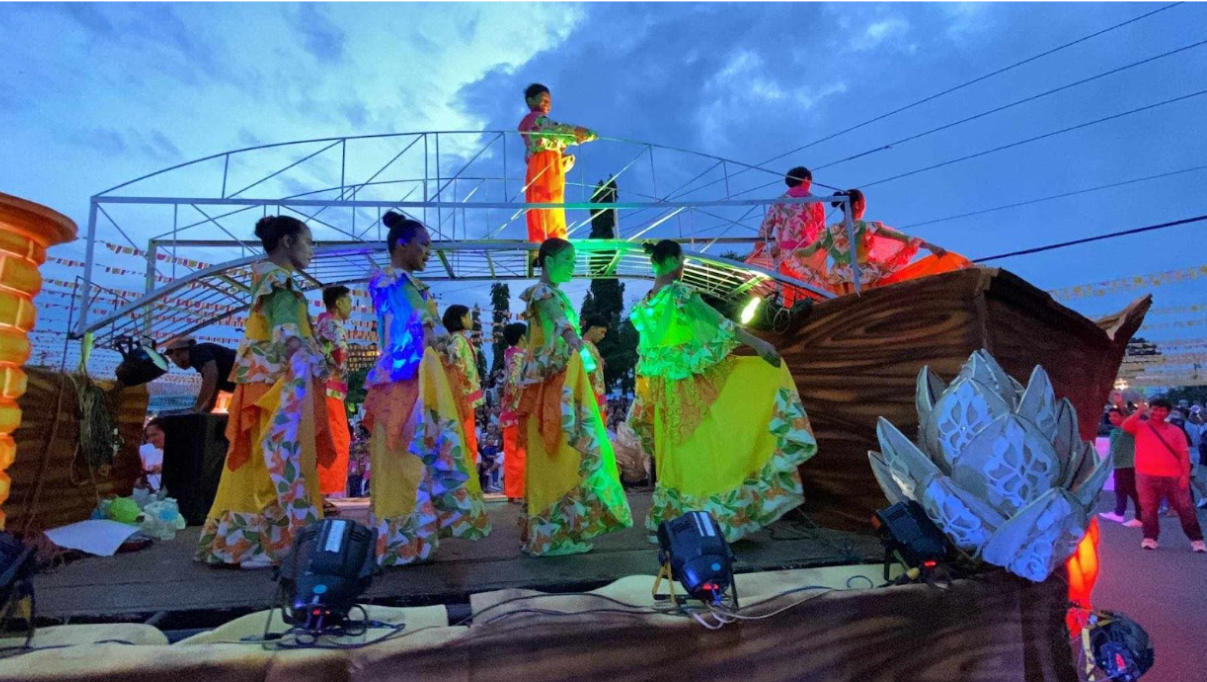In 1990, human remains and artifacts from the pre-Hispanic gravesite were discovered in a village in the Surigao del Norte province. The village, Panhutongan, was one of the three settlement towns identified in the 1734 map of Murillo that was believed to have its own history and culture before ceasing to exist in census reports in 1778.
Over two decades later, Panhutongan village still maintains its identity as an archeological site by the locals of Placer, a small town located at the northeastern portion of Surigao del Norte province where the village is located. In the years that followed, another archeological site was discovered in other areas of the town but not much has been published about the site with the findings still inconclusive.
In the meantime, the town has other plans to make a name for itself. Its identity as an archeological haven, albeit highly significant, is just one of the many facets it holds. The locals have known the beauty and bounty the town has to offer, yet these have been shunned from the world. Boasting from crystal clear waters, magnificent mountain peaks, and dark caves, Placer is now claiming its identity as an ecotourism haven as well, with the Municipal Tourism Office (MTO) leading the journey.
Placer is a fourth-class municipality at the northeast of the province of Surigao del Norte with a population of 21,542 as of May 2000. A total of 20 barangays are identified in the municipality, 10 of which are coastal. The town is bounded by Taganaan on the north, Sison on the west, Tubod and Bacuag on the south, and the Hinatuan Passage on the east. The town is hilly with sloping areas and flat terrain and low rising hills are interspersed by plains.
Despite its huge potential, surprisingly, Placer has no Department of Tourism (DOT)-accredited tourist site to date. The Municipal Tourism Office is now working on getting accredited, launching the 'Run through Tourism' where the Provincial Tourism Office, Philippine Information Agency (PIA) Caraga, Department of Environment and Natural Resources (DENR) Caraga, and the Philippine Coast Guard (PCG) were invited to conduct a two-leg assessment of potential tourist sites in town. Behind this is tourism-officer designate Melani Pampula, whose current profession has sparked her passion to usher the town's tourism reach its full potential.
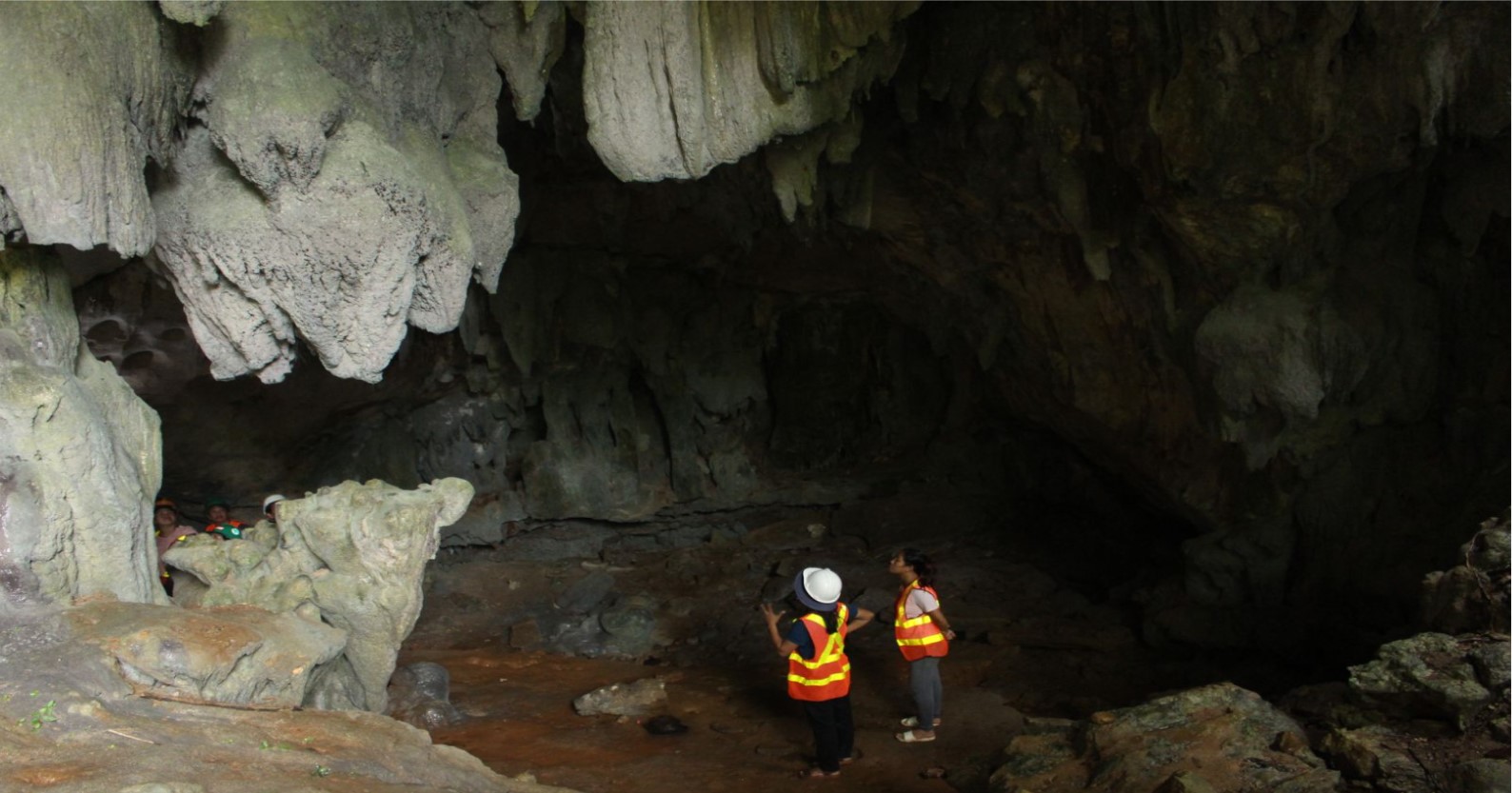
An engineer by profession who works for the LGU as the municipal environment and natural resources officer, Pampula's obligation to protect the town's environment and natural resources also inspired her to champion for the development of the town's hidden tourism gems. This is no simple feat. The town is behind its neighbors in terms of tourism development, but for Pampula, this is a formidable challenge she is up for.
"Since naging tourism [officer]-designate ako, nagstart ako sa ground zero. Nag-conduct ako ng auditing then assessment sa mga potential tourism spots namin dito sa Placer. And we are lucky that andami pala naming tourist attractions, and I'm eager to pursue [this] para ma-boost din ito,” she said.
She shares her team’s progress in their official Facebook page, Turismo nan Placer, where she also reads about the positive feedback of its followers. There, she discovered the uniqueness Placer has to offer and she wasn’t about to waste this opportunity.
The first leg of the assessment encompassed a trip to Placer's proposed snorkeling sites at Barangays Magsaysay and Lakandula, where coral reefs of myriad shapes and sizes and vibrant hues thrive in the pristine waters that surround the island villages. In both areas, beach resorts with colorful floating cottages also accommodate wandering tourists. While business is booming especially with the prevalence of island hopping, their accreditation is still pending, and the MTO is working hand-in-hand with them to achieve this.

On the second and last leg, participating offices and government agencies wore their trekking shoes and embarked on a 700-meter hike for nearly an hour to reach the top of Mabini Peak in Sitio Scuala, Barangay Mabini that overlooks lush greens blanketing the northeastern portion of Placer. The mountain, which will be renamed "Scuala Peak" once development begins, is known for its huge flat boulder where mountaineers can sit comfortably for relaxation and picture-taking.
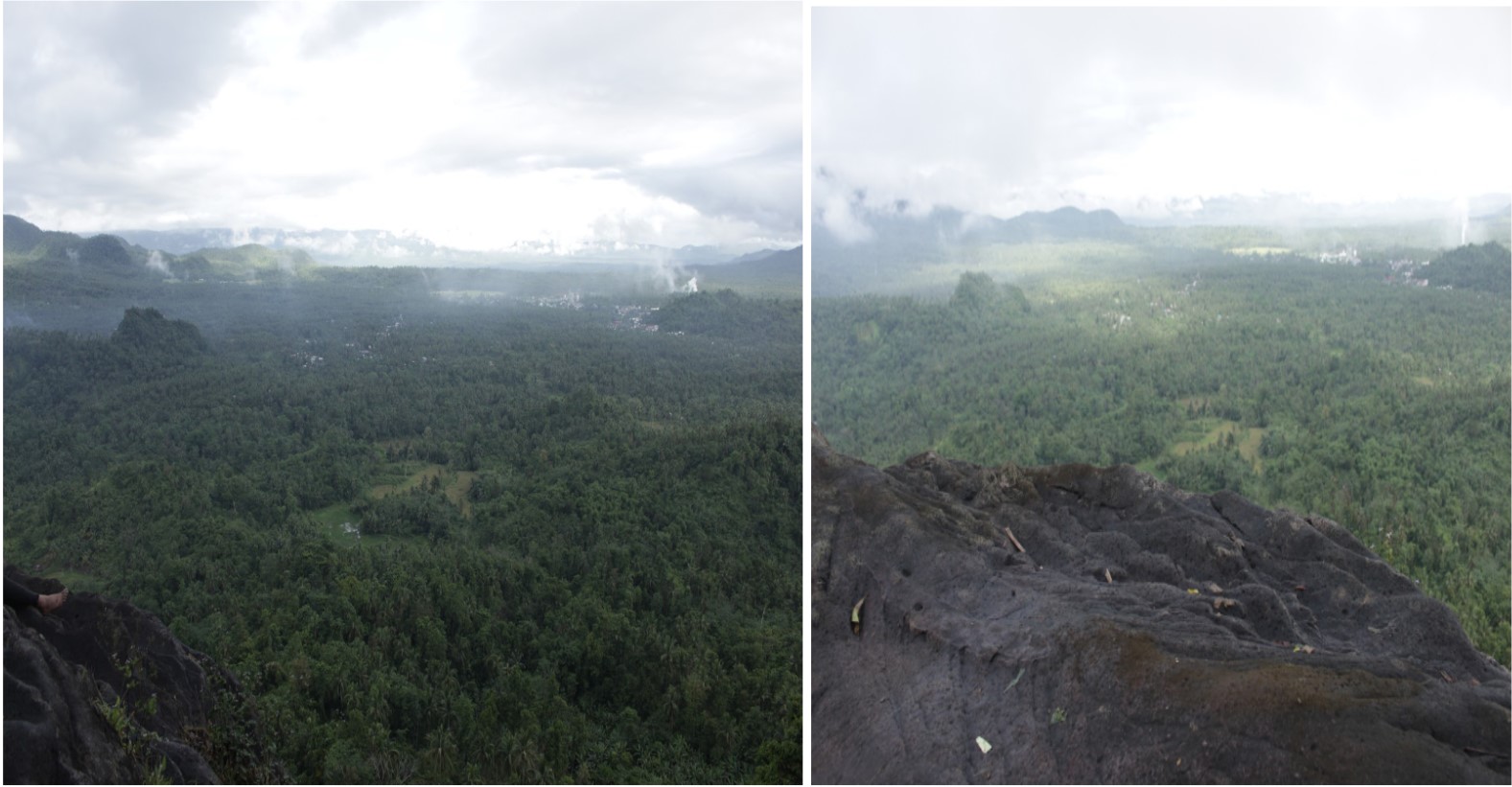
After its discovery by the locals at the height of the COVID-19 pandemic, Barangay chairperson Roel Monida said they are planning to develop the area with the help of the local government unit. Apart from developing the trail leading to the peak, the Barangay LGU is also working on concreting the access road leading to the base of the peak to make the area accessible to all types of vehicles.
Just a few meters below the access road, a cold spring can be seen behind bushes and coconut trees where mountaineers can unwind after a long climb at the peak. One can hear nature's heartbeat in the gushing of its water accompanied by the chirping of birds and the rattling of leaves as the wind breezes through.
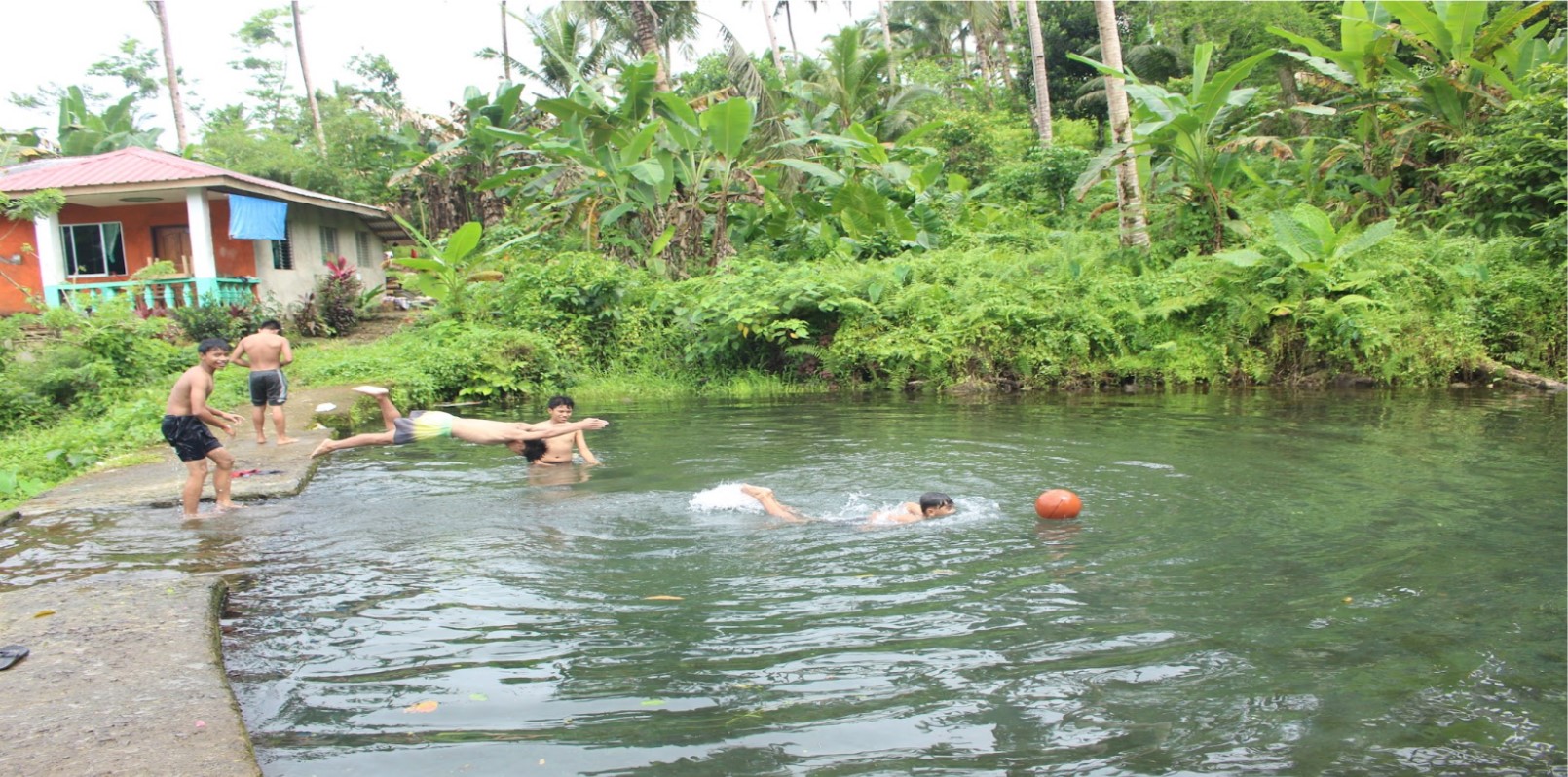
Heading south, two caves inhabit Barangay Boyongan. One cave named after the village is a karst cave, or a cave usually formed in the soluble rock limestone, and is only a 15-minute hike from the highway. In here, robust stalagmites and stalactites form along the narrow path, submerged by the water from a nearby stream, leading to the heart of the cave. Boyongan Cave is considered a Class II cave by the Protected Areas and Wildlife Bureau of DENR, with one portion closed off to the public. The cave is still populated by bats, but its number has since declined due to the lack of restrictions to access the cave. Just a few meters away is the Kahiboyongan Cave, another karst cave with a high cave chamber that boasts huge stalactites and columns.
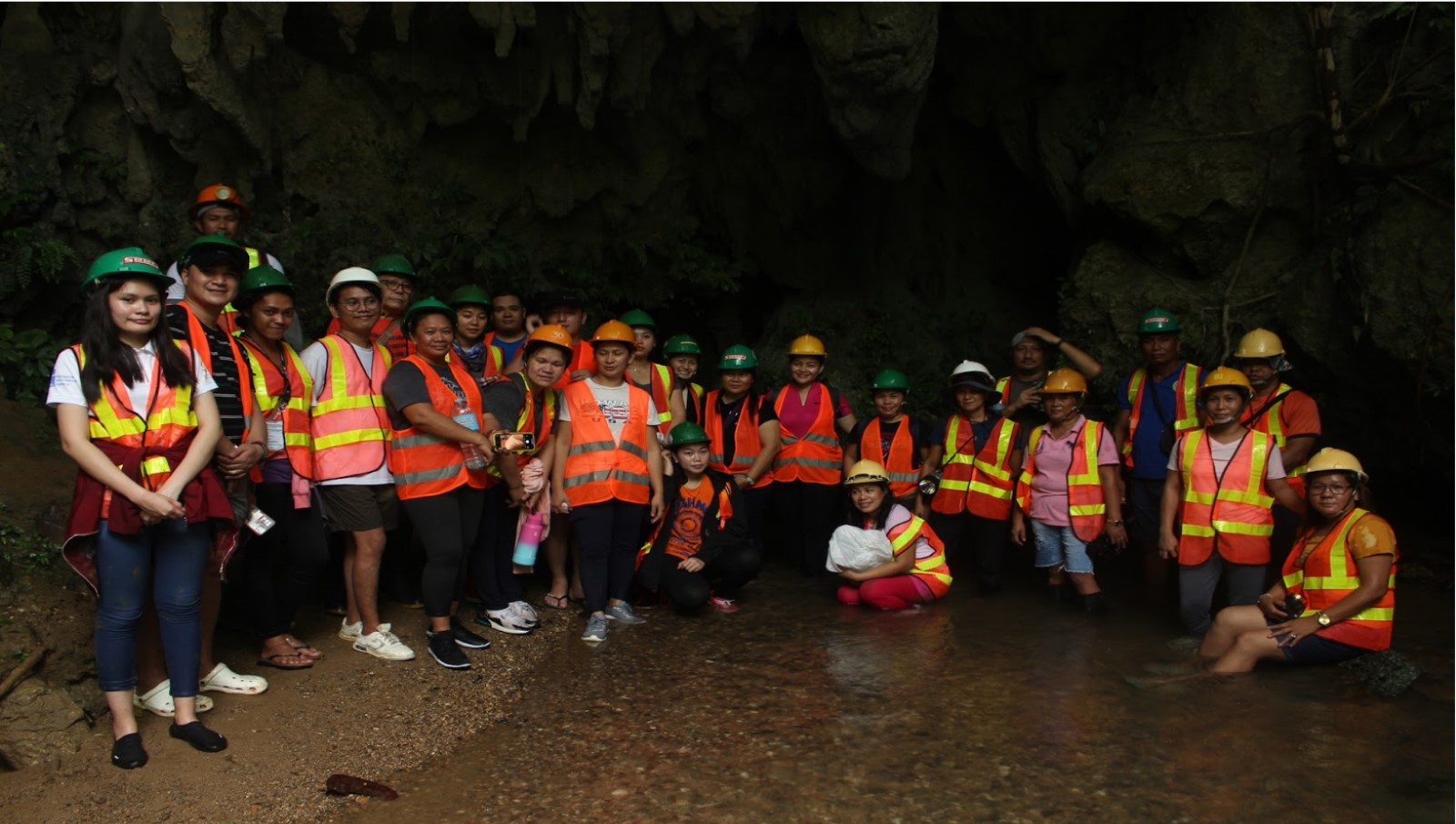
The development for these lies in the hands of the BLGU, said Pampula, since funding will come from them. The MTO and the BLGU are presently working on a proposal to prepare the caves for tourism whilst preserving its resources.
With the abundance of springs and beaches, public pools are nowhere to be seen in Placer. In Barangay Anislagan, locals flock to a swimming pool along the access road. The pool is not artificial, rather, it is a tank built to prevent the water upstream from overflowing. They call this ‘Anislagan Cold Spring’ and indeed, even under the scorching sun, the water here is nearly freezing cold. Pampula said the development project worth P5-million for the cold spring was supposed to commence in the previous year, but it was postponed since the area is a military reserve and they are planning to approach the Department of National Defense (DND) to acquire the lot through donation. Once donated, the LGU will expand the area and build cottages surrounding the pool for the comfort of visiting locals and tourists.
To the east is where the famous Panhutongan village is located. Before reaching the archeological site, the still waters from the ponds on both sides of the road draw the attention of passers-by. The ponds are part of the privately-owned Altamero’s Farm. Pampula revealed that the owner plans to develop the property even further by offering recreational activities such as boating, kayaking, and fishing and selling seafood and produce grown in the farm, with their help.
A drive further down the road leads to Cagbantoy Beach, but the real attraction is at the Panhutongan Elementary School, where the archeological site is located. In 1990, laborers who were working on a septic tank repair in the said school accidentally excavated log coffins with human remains and artifacts. The National Museum then sent a team in 1991 to conduct a four-part extensive excavation until July 10, 1993. The area was a pit grave where 66 human skeletons, both male and female, in varying ages were encased in log coffins stacked on top of each other. Others are dated back to 16th and 17th century CE based on the trade ceramics and other artifacts that were discovered in the coffins while others that were located at the base of the grave were dated back to 140 CE.

Today, the area remains untouched since the last excavation yet the school remains standing around it. Though it is not completely closed off, the area is protected by the LGU and the school.
Placer, which means “pleasure” in Spanish, was named as such by Spaniard captains who discovered the place in 1850 to describe the town’s prosperity born out of the rich mineral deposits, bountiful harvests, and abundant supply of fish that nourished the locals not only in their health but also their wealth. The LGU, through Pampula and her team, is on a mission to showcase that bounty to the world. For now, everything is being worked out from scratch. Pampula is optimistic that in the coming year, there will be progress in their efforts.
“In our assessments, I realized that Placer has so much to offer. In other towns, they have to purposely create tourist sites just to boost their tourism. But here, we are already blessed by nature, and it only needs a bit of development to improve it. So there is no reason we can’t pursue this,” Pampula remarked in Cebuano.
The province of Surigao del Norte is no rookie in terms of tourism. After all, it is the home of the world-famous Siargao Island. The mainland is just as mesmerizing as the island, and the town of Placer is a proof of that. (DMNR - PIA CARAGA)
